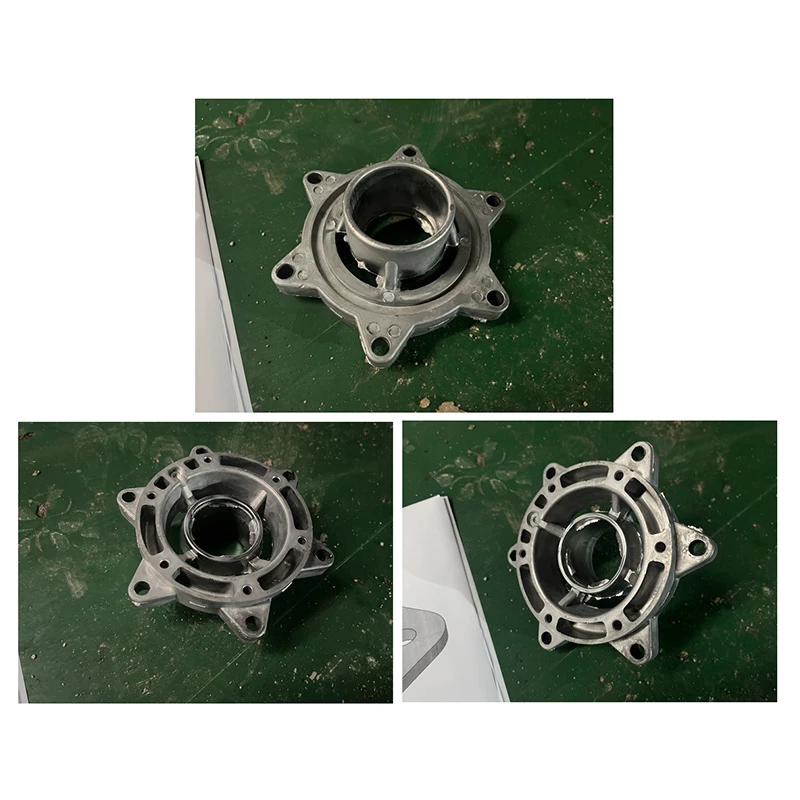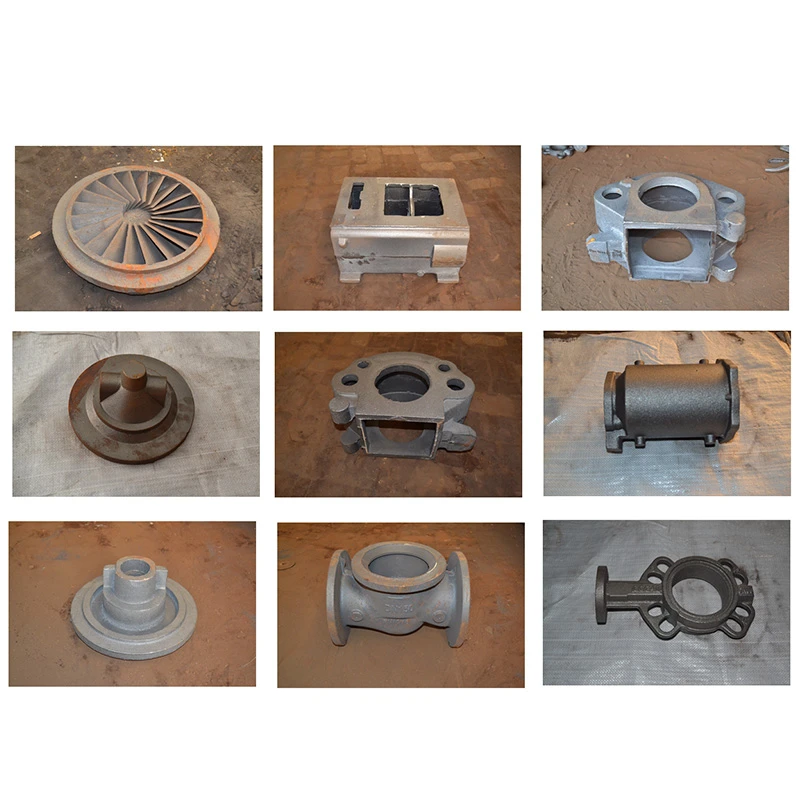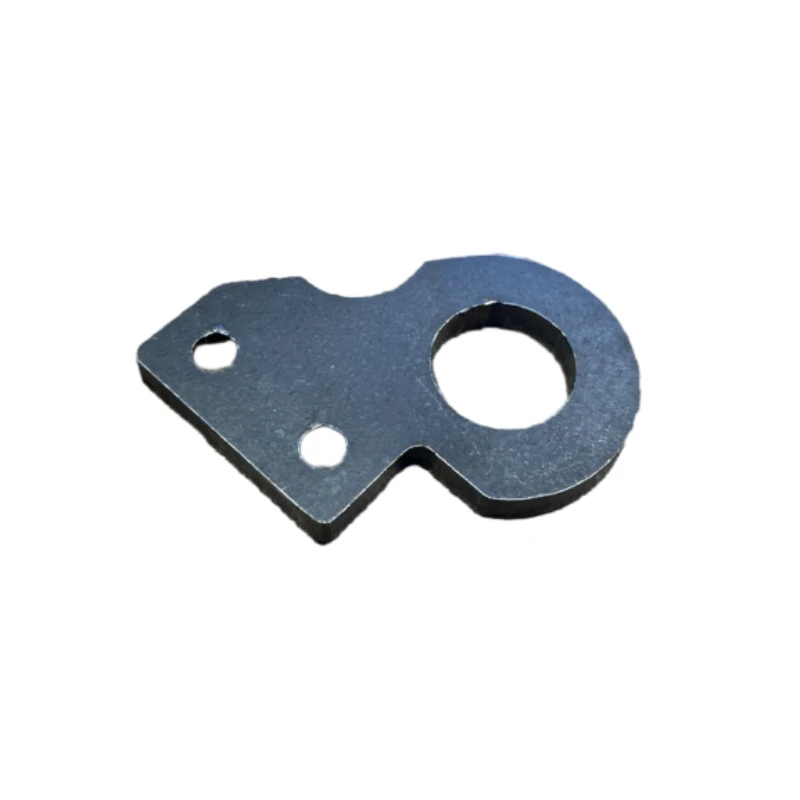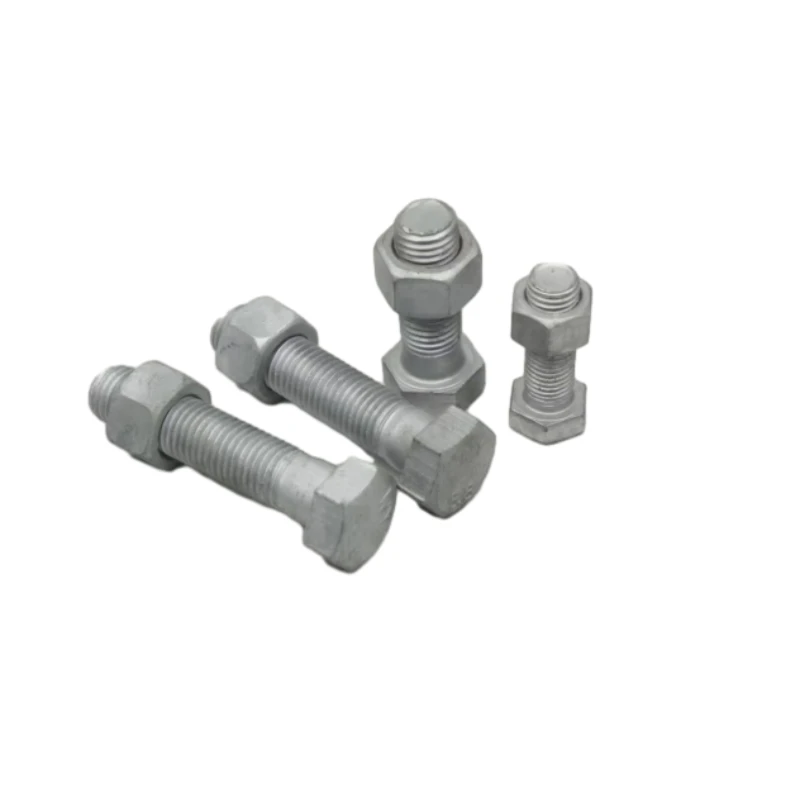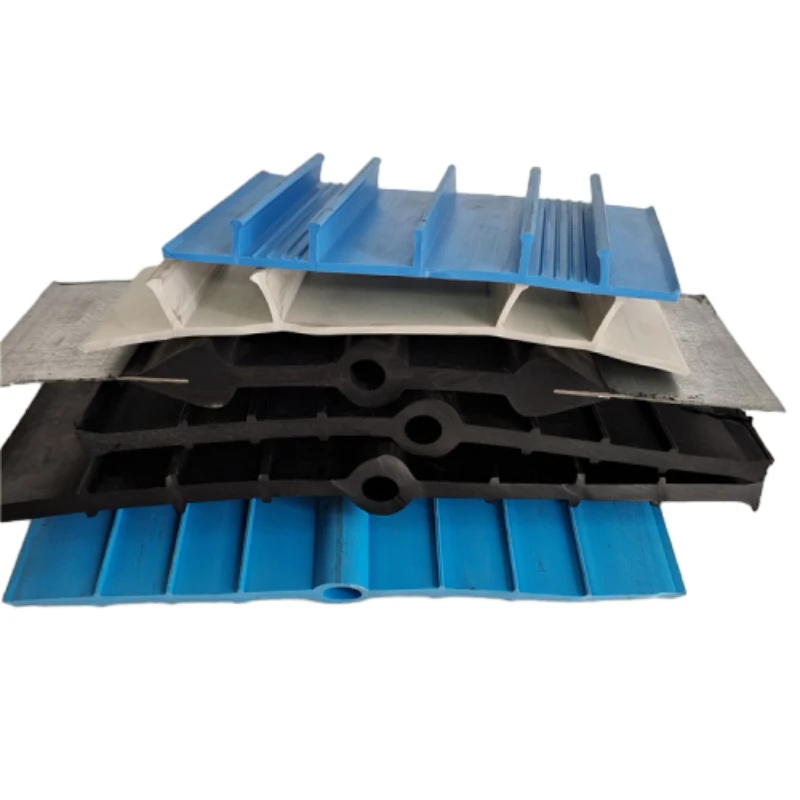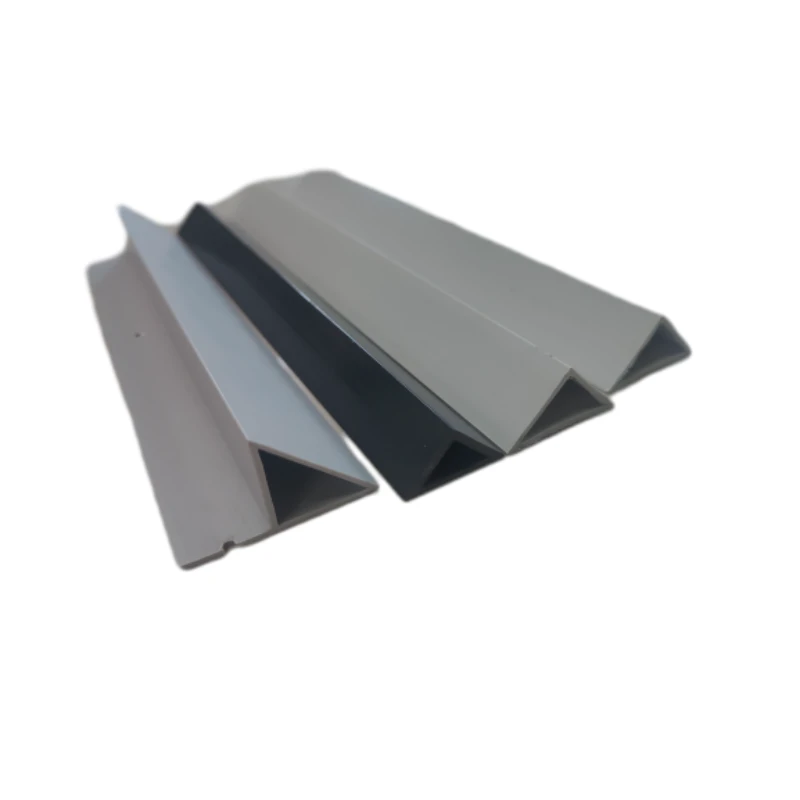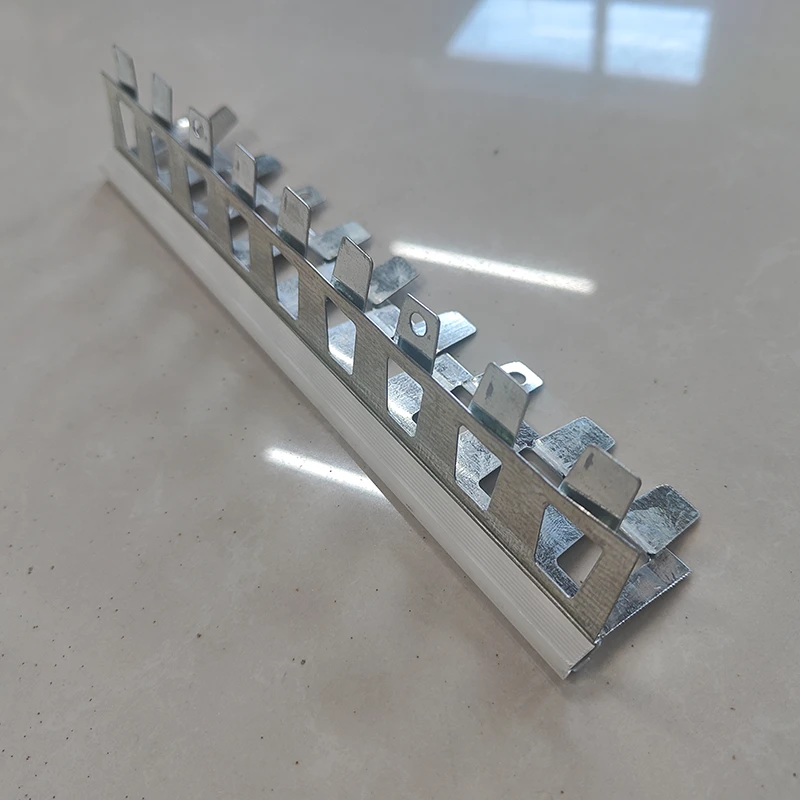- Phone: +86 132 8320 1810
- Email: annie@wrkgroup.ltd
-
- Afrikaans
- Albanian
- Amharic
- Arabic
- Armenian
- Azerbaijani
- Basque
- Belarusian
- Bengali
- Bosnian
- Bulgarian
- Catalan
- Cebuano
- China
- China (Taiwan)
- Corsican
- Croatian
- Czech
- Danish
- Dutch
- English
- Esperanto
- Estonian
- Finnish
- French
- Frisian
- Galician
- Georgian
- German
- Greek
- Gujarati
- Haitian Creole
- hausa
- hawaiian
- Hebrew
- Hindi
- Miao
- Indonesian
- Italian
- Japanese
- Javanese
- Malay
- Persian
- Portuguese
- Punjabi
- Russian
- Spanish
- Swahili
- Telugu
- Vietnamese
Jul . 23, 2025 16:48 Back To List
PVC Water Stopper Chemical Resistance Properties
In the construction industry, effective waterproofing solutions are indispensable, especially in environments where chemical exposure is a concern. Rubber waterstop, PVC water stopper, and swellable waterstop play vital roles in ensuring the integrity of structures by preventing water leakage. Among them, understanding the chemical resistance properties of PVC water stopper is crucial for making informed decisions in various construction projects.
Chemical Resistance of PVC Water Stopper
- Broad - spectrum Chemical Resistance: PVC water stopper demonstrates remarkable resistance to a wide range of chemicals commonly encountered in construction. It can endure exposure to acids, alkalis, and salts without significant degradation. For instance, in water treatment plants where chemicals like chlorine, sulfuric acid, and sodium hydroxide are used for purification, PVC water stopper maintains its structural integrity and waterproofing performance. The material's chemical - inert nature prevents reactions that could lead to corrosion, cracking, or loss of elasticity, ensuring long - term reliability in chemically active environments.
- Stability in Harsh Conditions: In challenging construction scenarios such as underground foundations, tunnels, and sewage treatment plants, PVC water stoppershows excellent stability. These areas often feature high humidity levels and a complex mix of chemicals from soil, groundwater, and sewage. PVC water stopper's chemical resistance protects it from these substances, allowing it to retain its shape and sealing capabilities over time. It doesn't swell, shrink, or become brittle under such harsh conditions, effectively preventing water ingress and safeguarding the overall structure.
Rubber Waterstop in Comparison
- General Chemical Resistance: Rubber waterstopis widely used in construction due to its flexibility and good waterproofing properties. While it offers decent resistance to many common environmental factors, its chemical resistance varies depending on the type of rubber. Natural rubber waterstops, for example, may degrade when exposed to certain chemicals, especially strong acids and oxidizing agents. However, synthetic rubber waterstops, like EPDM (Ethylene - Propylene - Diene Monomer) rubber, have better chemical resistance and can withstand exposure to a broader range of chemicals, including some solvents and mild acids.
- Application - specific Considerations:In applications such as water treatment plants and sewage treatment facilities, the choice between rubber waterstop and PVC water stopper depends on the specific chemical composition of the environment. If the project involves exposure to chemicals that can attack rubber, PVC water stopper may be a more suitable option. On the other hand, in areas where flexibility and vibration resistance are crucial, and the chemical exposure is within the rubber's tolerance range, rubber waterstop can provide reliable waterproofing. Wholesalers can guide clients in selecting the appropriate waterstop based on a detailed assessment of the project's chemical and mechanical requirements.
Swellable Waterstop and Chemical Exposure
- Unique Swelling Mechanism and Chemical Compatibility: Swellable waterstopworks by swelling when it comes into contact with water, effectively sealing joints and preventing leakage. Its performance in chemically exposed environments depends on its chemical compatibility with the substances present. Most swellable waterstops are designed to be chemically stable in common construction - related chemicals, but they may have limitations. For example, exposure to certain solvents or strong acids could potentially affect the swelling properties or the long - term integrity of the swellable material. It's important to ensure that the swellable waterstop selected is compatible with the specific chemicals in the construction environment to guarantee its effectiveness.
- Combined Use with Other Waterstops:In some complex construction projects, swellable waterstop can be used in combination with PVC water stopper or rubber waterstop to enhance waterproofing performance. For instance, in a subway project where there may be exposure to de - icing salts and other chemicals, a PVC water stopper can provide primary chemical resistance, while a swellable waterstop can offer an additional layer of protection by swelling to fill any gaps that might form over time. This combination approach allows for a more comprehensive solution to waterproofing and chemical resistance challenges.
Application Scenarios Table of Waterstops
|
Application Scenario |
Description |
Importance of Chemical Resistance |
Suitable Waterstops |
|
Underground foundations |
Provide a stable base for buildings and structures, often in contact with soil and groundwater |
Groundwater may contain various chemicals, and soil can have acidic or alkaline properties. Chemical - resistant waterstops prevent these chemicals from causing damage to the foundation by stopping water leakage, which could otherwise carry chemicals and lead to corrosion of structural elements |
PVC water stopper for high chemical resistance; rubber waterstop (EPDM) if flexibility is also required and chemical exposure is moderate; swellable waterstop can be used in combination for enhanced sealing |
|
Water treatment plants |
Facilities where water is purified using chemicals such as chlorine, acids, and alkalis |
Waterstops need to resist these chemicals to maintain the integrity of the plant's structures, preventing water leakage that could contaminate the treatment process or damage the surrounding areas |
PVC water stopper is highly recommended due to its excellent resistance to a wide range of purification chemicals; rubber waterstop (EPDM) may also be suitable in some less chemically aggressive areas |
|
Tunnels |
Underground passages for transportation or utility purposes, exposed to soil - borne chemicals and moisture |
Chemical - resistant waterstops ensure that tunnels remain waterproof, protecting the tunnel structure from chemical - induced degradation and preventing water from entering, which could cause safety hazards or damage to tunnel - installed equipment |
PVC water stopper offers reliable chemical and moisture resistance; rubber waterstop can provide flexibility in areas with potential vibrations; swellable waterstop can be added for extra sealing in critical joints |
|
Sewage treatment plants |
Places where sewage is processed, containing a complex mixture of chemicals, organic matter, and bacteria |
Waterstops must withstand the corrosive effects of sewage - related chemicals to prevent leakage, protecting the plant's infrastructure and the surrounding environment from pollution |
PVC water stopper is a strong candidate due to its resistance to a variety of corrosive substances; rubber waterstop (EPDM) may be used in combination for added flexibility and sealing in some areas |
|
Water conservancy projects |
Structures like dams, reservoirs, and canals for water management |
These projects are constantly in contact with water, which may contain dissolved chemicals. Waterstops prevent water seepage, protecting the project's integrity and ensuring its proper functioning over time |
PVC water stopper provides effective chemical and water resistance; rubber waterstop can be used in areas where movement and flexibility are expected; swellable waterstop can enhance sealing in joints prone to leakage |
|
Subway projects |
Underground railway systems, exposed to de - icing salts, chemicals from train operations, and moisture |
Chemical - resistant waterstops keep the subway tunnels and stations dry, preventing water - related damage and protecting the structural elements from the corrosive effects of chemicals used in train maintenance and de - icing processes |
PVC water stopper is ideal for its chemical resistance to salts and other chemicals; rubber waterstop can offer vibration - dampening properties; swellable waterstop can be incorporated to seal joints tightly and adapt to potential movement |
PVC Water Stopper FAQS
How does the chemical resistance of PVC water stopper compare to rubber waterstop?
PVC water stopper generally has a broader and more consistent chemical resistance compared to rubber waterstop. PVC water stopper can resist a wide variety of acids, alkalis, and salts without significant degradation. In contrast, the chemical resistance of rubber waterstop depends on the type of rubber. Natural rubber is more vulnerable to attack by certain chemicals, while synthetic rubbers like EPDM offer better resistance but still have limitations compared to PVC in some highly chemically - aggressive environments. For example, in a sewage treatment plant with strong acidic and alkaline substances, PVC water stopper would maintain its integrity better over time, whereas rubber waterstop might experience degradation and loss of waterproofing performance.
Can swellable waterstop be used in chemically - harsh environments?
Swellable waterstop can be used in some chemically - harsh environments, but its suitability depends on the specific chemicals present. Most swellable waterstops are designed to be chemically stable in common construction - related substances. However, exposure to strong solvents, concentrated acids, or other highly reactive chemicals can potentially affect its swelling mechanism and long - term durability. Before using swellable waterstop in a chemically - harsh environment, it's essential to check the product's chemical compatibility data and consult with experts. In many cases, combining swellable waterstop with a more chemically - resistant option like PVC water stopper can provide a more reliable solution for waterproofing in such challenging conditions.
What factors should be considered when choosing between PVC water stopper, rubber waterstop, and swellable waterstop?
When choosing among PVC water stopper, rubber waterstop, and swellable waterstop, several factors need to be considered. First, assess the chemical environment of the construction project. If there is high chemical exposure, PVC water stopper is often a top choice due to its excellent chemical resistance. For projects where flexibility, vibration resistance, and moderate chemical exposure are involved, rubber waterstop (especially EPDM) can be suitable. Swellable waterstop is ideal for enhancing sealing in joints, but its chemical compatibility must be verified. Additionally, consider factors such as the movement and deformation expected in the structure, the installation requirements, and the overall cost. Wholesalers can assist clients by providing detailed product information and guiding them through these considerations to make the best choice for their specific construction needs.
How to install PVC water stopper to maximize its chemical resistance performance?
To maximize the chemical resistance performance of PVC water stopper, proper installation is crucial. First, ensure that the surfaces where the water stopper will be installed are clean, dry, and free of debris. Any contaminants on the surface can interfere with the bonding and potentially create weak points that are more susceptible to chemical attack. Use appropriate adhesives or mechanical fastening methods as per the product instructions to secure the PVC water stopper firmly in place. Make sure there are no gaps or voids along the installation joint, as these can allow water and chemicals to penetrate and compromise the waterstop's effectiveness. During the installation process, avoid subjecting the PVC water stopper to excessive mechanical stress or damage, as this can also reduce its chemical resistance and waterproofing capabilities over time.
Can PVC water stopper be reused in different construction projects?
In general, PVC water stopper is not designed for reuse. Once installed and exposed to the construction environment, it may have undergone some degree of chemical interaction, mechanical stress, or deformation. Reusing it could compromise its chemical resistance and waterproofing performance, potentially leading to water leakage and structural damage in subsequent projects. Additionally, the removal process of an installed PVC water stopper may cause physical damage to the material, further reducing its usability. For each new construction project, it's recommended to use new PVC water stopper products from CANGZHOU WORLD CUP TRADING CO., LTD. to ensure optimal chemical resistance and reliable waterproofing.
Latest News
-
Tie Nut Applications In Concrete FormworkNewsJul.23,2025
-
The Advantages of Using Stainless Steel Shuttering Tie RodsNewsJul.23,2025
-
Prop Nuts: How to Identify Signs of Wear and TearNewsJul.23,2025
-
Packaging Requirements for Adjustable Jack BasesNewsJul.23,2025
-
Maintenance Tips for Scaffolding Props and Their SleevesNewsJul.23,2025

